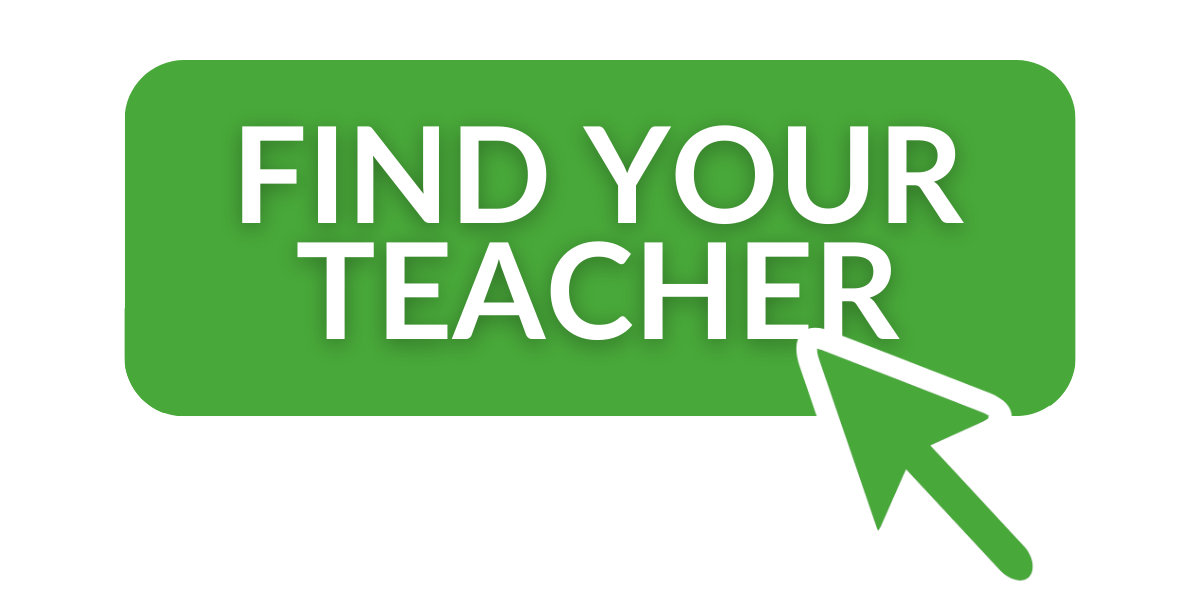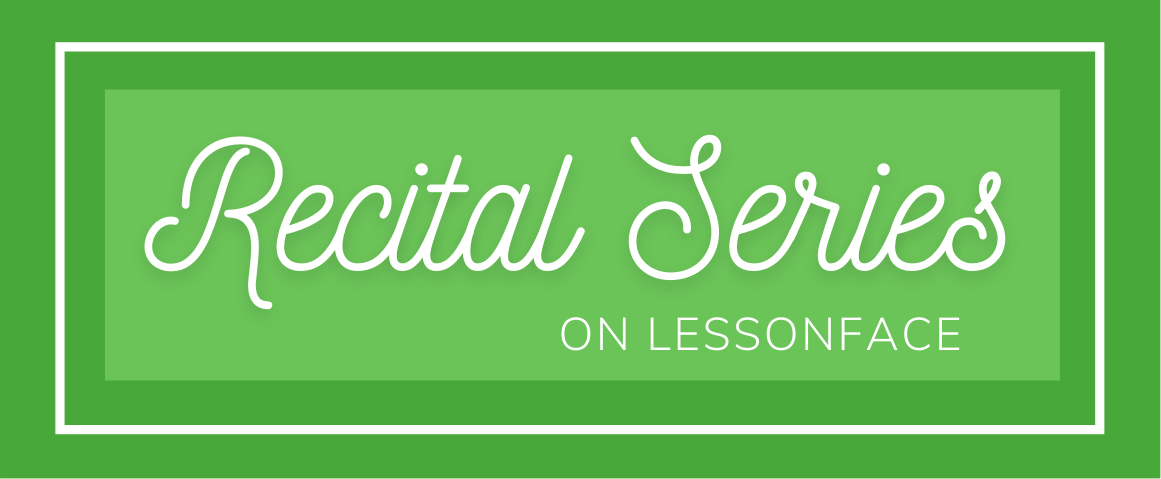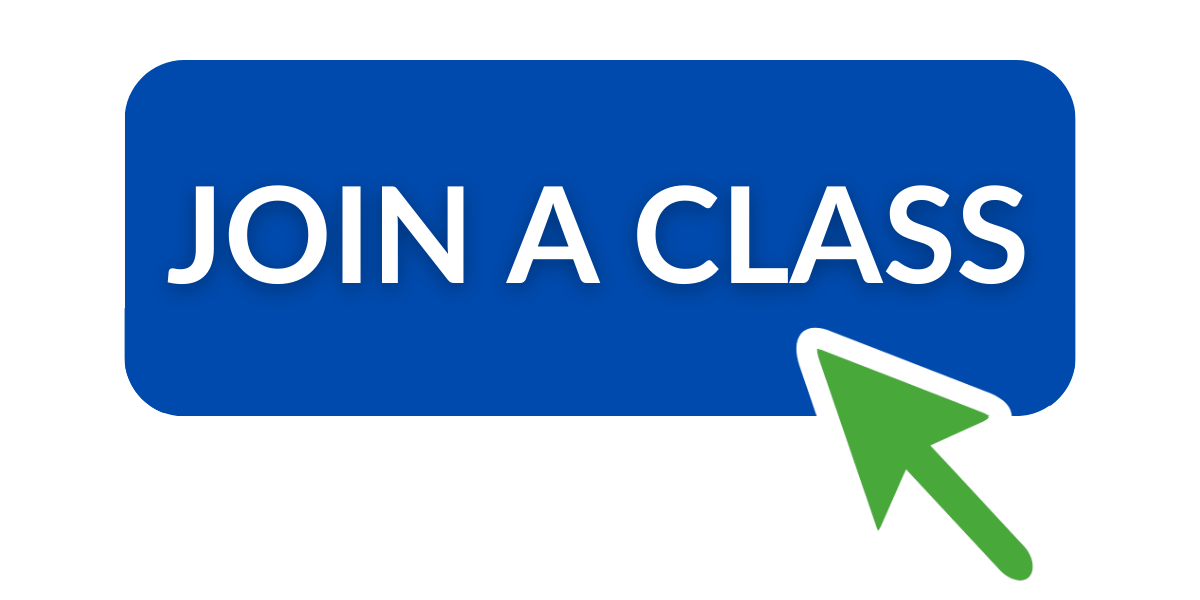Fall is a perfect time to start music lessons or to sign up your child up for them. If you and your instrument are ready to go, all that’s left is choosing your teacher and booking your first class!
One method of choosing a teacher is going to your instrument page and selecting a teacher from page 1 based on whoever looks nicest (coolest, or most like a rock star, or all of the above). All of Lessonface’s teachers are terrific educators and will be sure to give you high quality, professional lessons. So this default strategy may work out just fine.
On the other hand, if you have specific goals, desires, or scheduling needs, take the time to choose your teacher carefully.
Before you begin browsing teacher profiles, answer these questions:
1. What instrument and style of music do you want to learn? Be as specific as possible.
Sometimes the instrument alone will narrow your choices sufficiently. If you want to learn an instrument like Sitar, Harp, or Digeridoo, the genre options are fewer, so you can go straight to the step of choosing a teacher.
If you want to learn an instrument like piano or guitar on the other hand, you need to narrow down your interests. Do you want to learn classical piano? Jazz? Do you want to use the piano to accompany yourself on pop songs? Some piano teachers are great at teaching all three. Others are more specialized and may be amazing classical pianists and teachers, but out of their comfort zone teaching jazz.
Similarly, if you want to learn guitar, you need to decide first between electric, acoustic steel string, and nylon string. Within that you should decide what style of music you want to learn. Like with piano, some teachers are generalists and can teach many styles, others have one or two specialties they teach at high levels.
2. What qualities do you want in a teacher?
Do you want your teacher to gently nurture and encourage you to express yourself and enjoy the moment? Or would you prefer a demanding teacher to fuel your musical ambitions, shower you with constructive criticism, and push you to be the best you can be? Do you want a highly structured curriculum, or would you rather have a teacher ready to adapt to whatever music you most enjoy right now?
If you’re a parent looking for your child’s teacher, ask similar questions. Does your child seem to have special musical talent that you’d like to develop to a high level? Or do you just want them to have fun playing and see where things go?
3. Do you have any specific goals, such as a competition or auditions for a school or ensemble? What is the timeline for these goals?
You’ll need to communicate these objectives clearly to your teacher. Some teachers specialize in audition prep for music schools. If you’re auditioning for a selective music school, choose one of those teachers for the competitive edge you’ll need.
4. When are you available for lessons?
Lessonface students and teachers are based all over the world. Some teachers may be in time zones that make scheduling difficult. Set your region correctly in your profile so that availability schedules appear according to your time zone. Pick a teacher with a compatible schedule from the start. It’s better than finding a teacher you love but rarely has openings that suit your schedule.
...
With these four questions answered, you’re finally ready to read teacher profiles! Here are some tips on narrowing your options.
1. Read profiles and reviews carefully and watch videos (if available)
Make sure the teacher mentions the instrument and style you specifically learn in their profile. Also see if you can get a read on their general personality and see if they sound like a good fit. Also check out the more substantial reviews. Not necessarily the ones that say 'Great teacher', but the ones that say specifically what the student liked. For example 'Patient and laid-back approach with my 5-year-old, finishes every lesson excited to practice' or 'Lays out clear objectives for between-lesson practice'. Flip through the profile photos, because many teachers also have a video of their playing or teaching. Video tutorials are perfect for sampling a teaching style and deciding if it’s right for you.
2. Look beyond the first page (and beyond the 2nd or 3rd for larger instrument categories).
Teachers with good student retention and numerous positive reviews appear at the top of the list. That means the teachers you see at the top have usually been with Lessonface a long time and are popular with students. They are guaranteed to be excellent teachers. They might also be busy and, in some cases, not accepting new students. If you look past the first page or so, you’ll find teachers who are newer to Lessonface. These teachers are equally competent, and may have a more available schedule. Depending on the teacher, they may set lower rates and have more time to respond in detail to questions between classes and to generally go above and beyond for their students. Give those teachers a try! They will certainly appreciate having you among their first students on Lessonface, and it may be the perfect teacher-student fit.
3. Reach out and say hello!
Send your teacher a message and explain your background, interests, and goals. Ask if they can take you on as a student and if your interests sound like a good match for their specialties.
4. Schedule a trial lesson or a few starter lessons.
Many teachers offer a free 15-minute trial, which is a great way to see if you ‘click’. In some cases - perhaps with a shy young student for example - it might take two or three trial lessons to get them to open up and test the teacher-student connection. Book just a few lessons at first so you can make sure your child does indeed open up and relax. If so, go ahead and subscribe or book lesson pack. If you think you or your child might connect better with a different instructor, don’t feel bad about trying someone else. Ultimately, lessons are about you (or your child) and enjoying your music.
5. Leave reviews for your teacher :)
Once you’ve found a teacher you really connect with, thank them by leaving them nice reviews. This will be particularly appreciated by teachers newer to Lessonface. The more reviews they get, the more students will see their profile. Take the time to leave some written reviews that specifically describe the teacher's strong points. Future students will be grateful to you for sharing your feedback and helping them choose.




